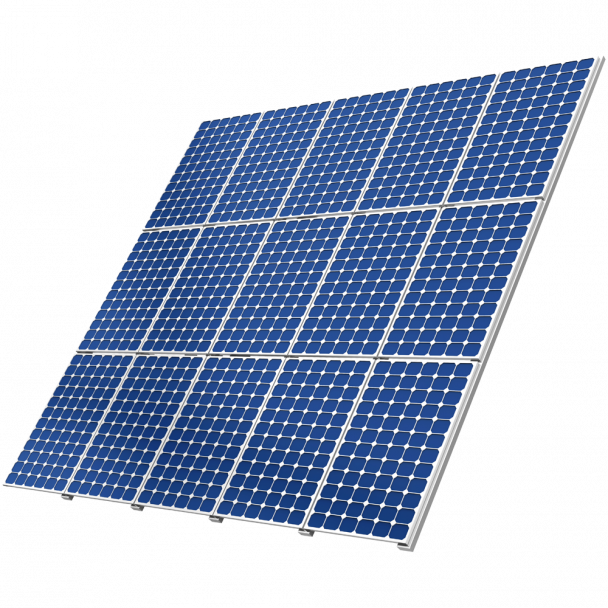
Progress in a century old technology
The conversion of sunlight into electricity began over a century ago. American inventor, Charles Fritz produced the first working selenium solar cell in 1883. But it was in 1954 that researchers at Bell Laboratories created a more efficient and practical silicon version – the precursor to the modern solar panels we see in fields and on rooftops today.
Economic, reliable, renewable and a greener alternative to fossil fuels – harnessing the sun’s power offers many advantages. Solar energy never runs out. It’s locally available and there’s virtually no need for maintenance, which was originally why solar cell technology was developed for use in outer space.
Solar cells aren’t perfect though. Current research is focused on reducing the toxic, hazardous materials used during manufacturing, and finding better ways to recycle solar panels. Abel + Imray has also dealt with various solar cell cases including EP3401339 – a process for increasing sunlight absorption through a rare-earth micelle coating.
From Floatovoltaics (floating solar farms) to solar cell fabrics that charge mobile phones, growing demand for solar energy means even more bright ideas will become the next invention to benefit the world.